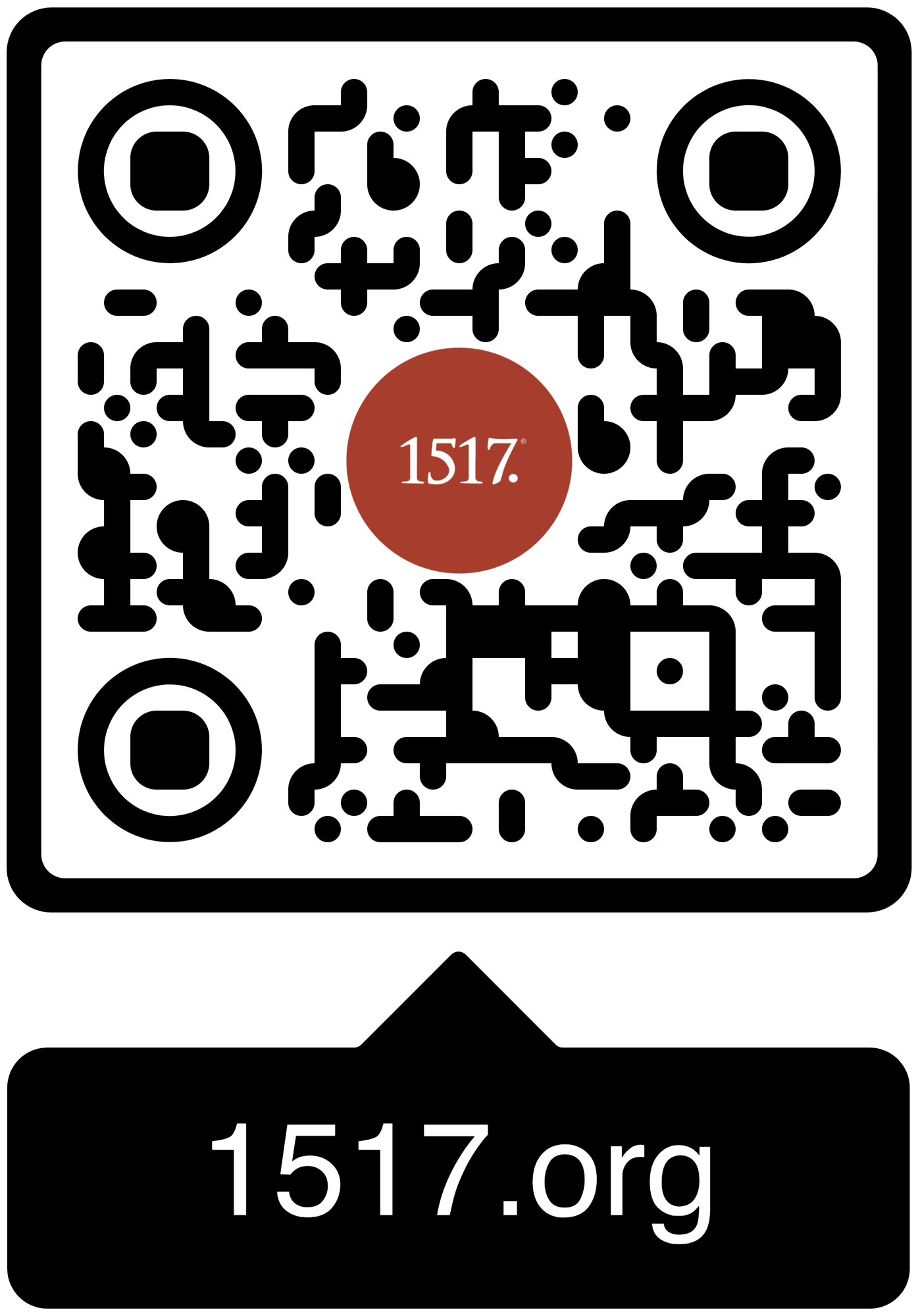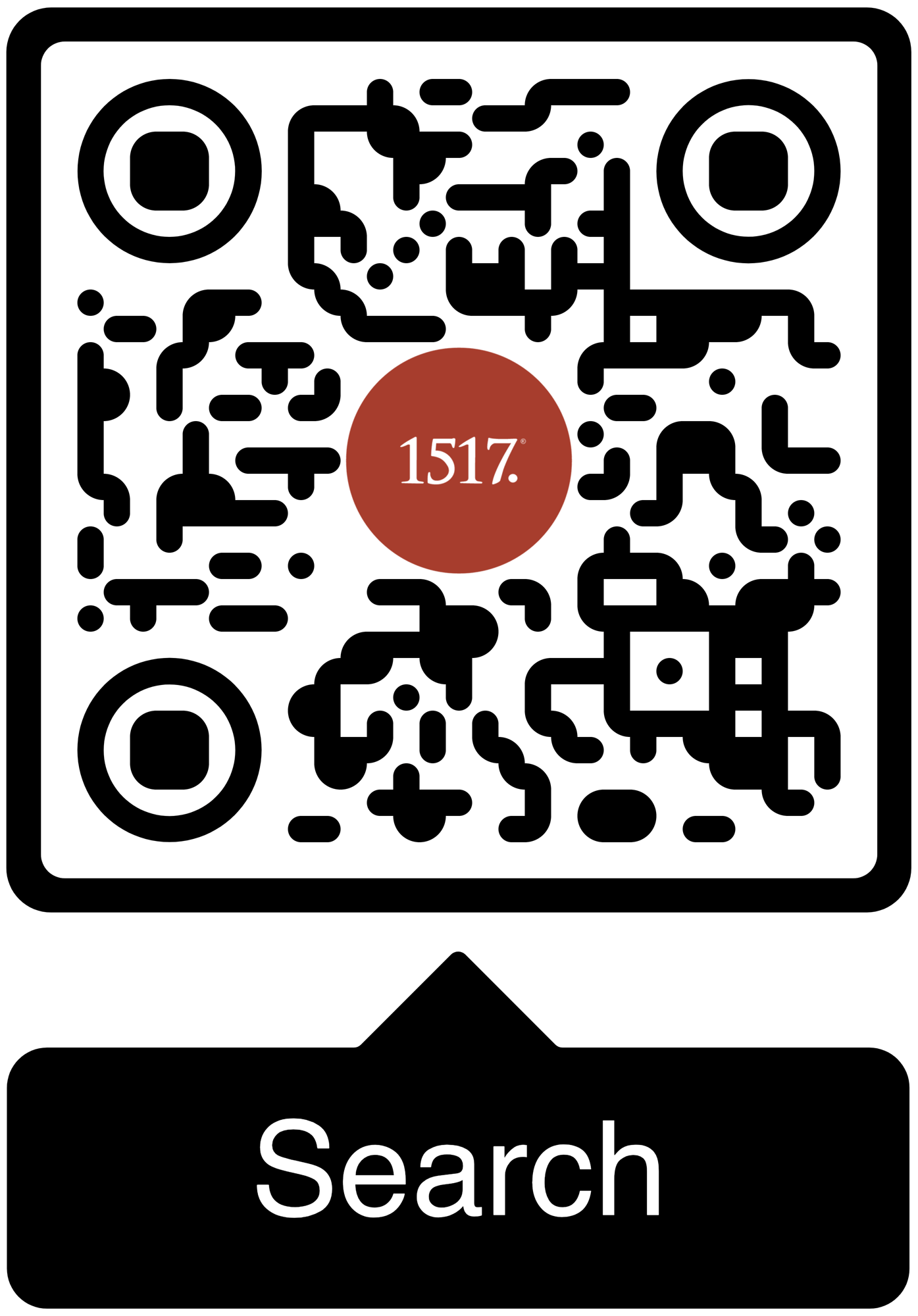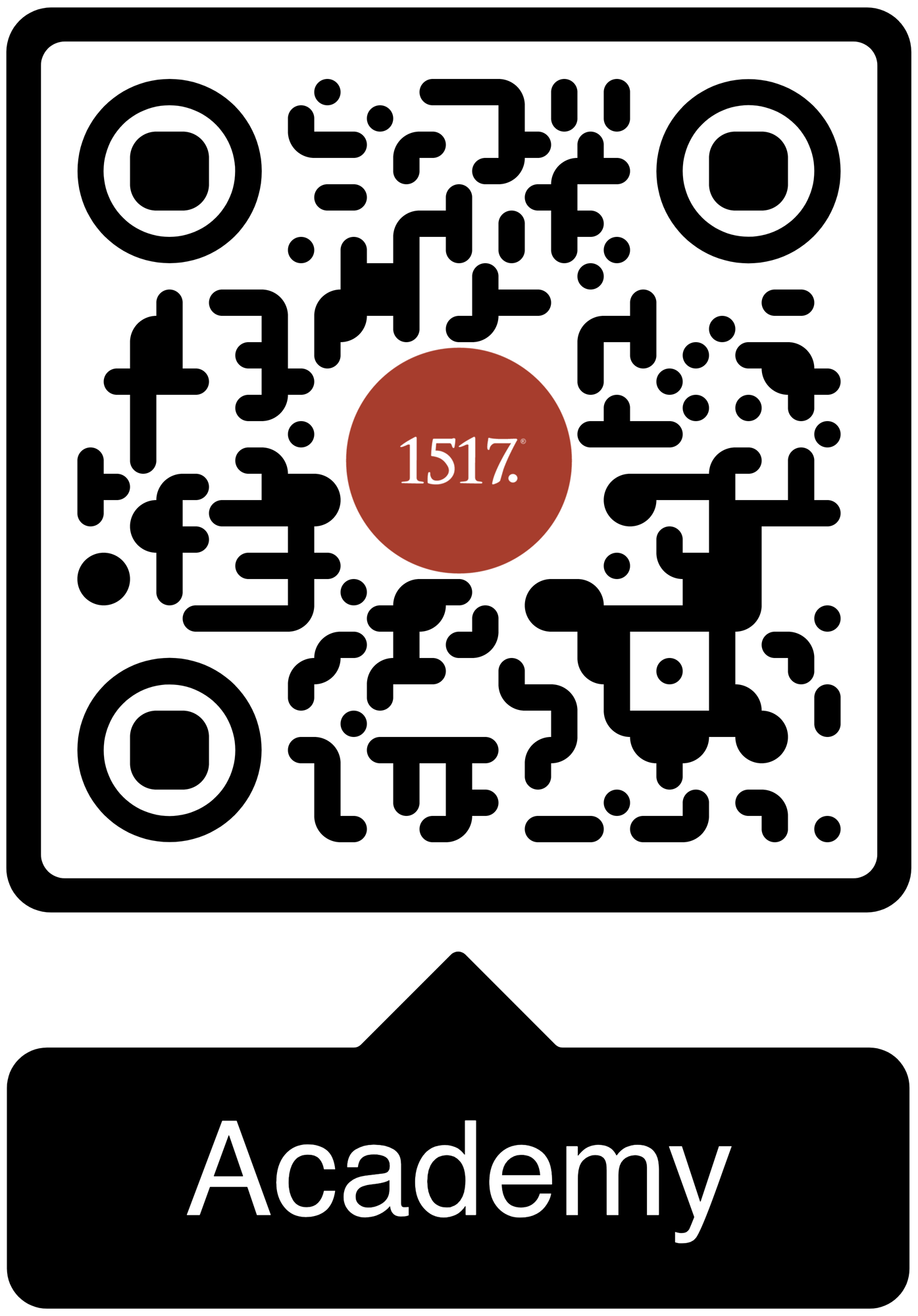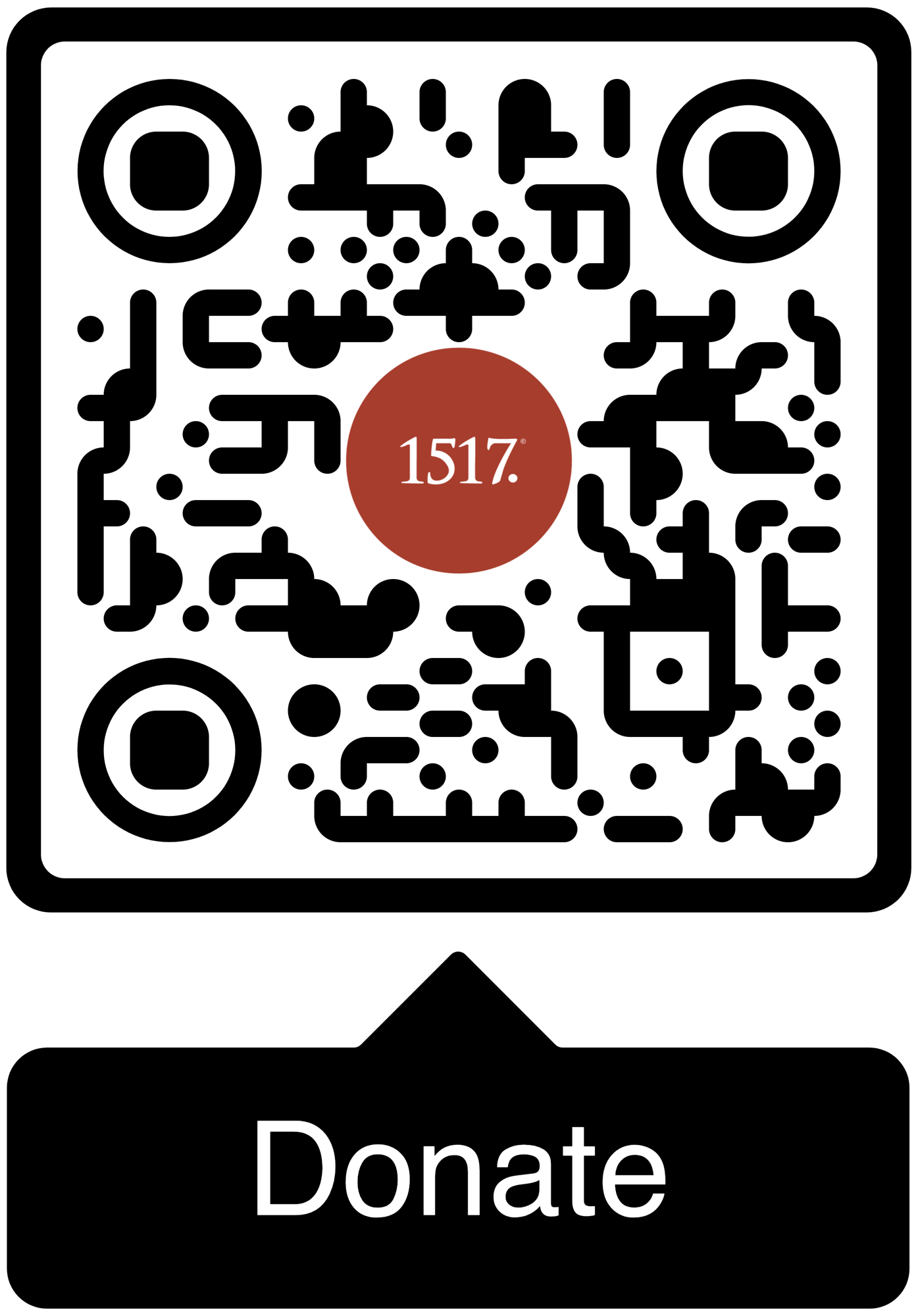Wisdom and strength require bootstrap-pulling and the placing of noses to grindstones.
07/03/25
“If the Son sets you free, you will be free indeed” (John 8:36).
07/02/25
How do the words “The righteous shall live by his faith” go from a context of hope in hopelessness to the cornerstone declaration of the chief doctrine of the Christian faith?
All Articles
Author
- All Authors
- 1517 Publishing
- 1517 Staff
- A. A. Just Jr.
- A.J. Vega
- Aaron Boerst
- Adam Francisco
- Adam Stetson
- Amy Mantravadi
- Andrew Foss
- Anthony DiLiberto
- Blake Flattley
- Bob Hiller
- Bob Sundquist
- Bonnie Petroschuk
- Brad Soenksen
- Bradley Gray
- Brandon Hanson
- Brandon Pangman
- Brennan Manning
- Brian W. Thomas
- Bror Erickson
- Bruce Hillman
- C.S. Lewis
- Caleb Keith
- Chad Bird
- Charles E. Fry
- Christopher J. Richmann
- Cindy Koch
- CJ Armstrong
- Craig Donofrio
- Dan Chrismer
- Dan van Voorhis
- Dan Weber
- Daniel Deen
- Daniel Emery Price
- Daniel Stenberg
- David Clay
- David Rufner
- David Schmitt
- Delwyn Campbell
- Dominick Santore
- Donavon Riley
- Edward Killian
- Elyse Fitzpatrick
- Erick Sorensen
- Gage Jordan
- Gerhard Forde
- Grant Klembara
- Greg Koukl
- Gretchen Ronnevik
- Haroldo Camacho
- Hermann Sasse
- Jacob Corzine
- Jacob Smith
- Jake Allstaedt
- Jared C. Wilson
- Jason Lane
- Jason Lang
- Jason Oakland
- Jay Sawrie
- Jeff Mallinson
- Jeffrey Pulse
- Jenifer Mohan
- Jessica Delgado
- Jessica Thompson
- Jim Nestingen
- Joel Fitzpatrick
- Joel Hess
- Joey Goodall
- John Bombaro
- John Bortulin
- John Chrysostom
- John T. Pless
- John W. Hoyum
- John Warwick Montgomery
- Jonathan Ruehs
- Jordan Spina
- Joshua Miller
- Justin Rossow
- Karen Stenberg
- Kathy Morales
- Katie Koplin
- Kelsi Klembara
- Ken Sundet Jones
- Kerri Tom
- Kevin Hale
- Kevin McClain
- Kyle G. Jones
- Larry D. Hughes
- Laura Bauer
- Luke Kjolhaug
- Magnus Persson
- Mariah Coward
- Mark Jasa
- Mark Mattes
- Mark Pierson
- Martin Luther
- Matt Johnson
- Matt Kroelinger
- Matt Popovits
- Michael Berg
- Michael Gibney
- Nicholas Hopman
- Nicholas Kallis
- Norman Nagel
- Paul Dunk
- Paul Koch
- Pete Lange
- Peter Nafzger
- Philip Bartelt
- Preston Sprinkle
- Raleigh Sadler
- Rick Ritchie
- RJ Grunewald
- Robert Farrar Capon
- Robert Kolb
- Rod Rosenbladt
- Roland Ehlke
- Ron Hodel
- Ryan Couch
- Ryan Matthias
- Ryan Stevenson-Cosgrove
- Ryan Tinetti
- Sam Leanza Ortiz
- Sam P. Schuldheisz
- Sarah Crowder
- Scott Davis
- Scott Keith
- Scott Landrum
- Seth Moorman
- Steve Byrnes
- Steve Kruschel
- Steven A. Hein
- Steven Paulson
- StoryMakers NYC
- Tanner Olson
- Tate Barber
- Ted Rosenbladt
- Travis Scholl
- Tyler Cronkright
- Uwe Siemon-Netto
- Valerie Thur
- Wade Johnston
- Walter Hwang
- Wayne Sender
- Zack James Cole
11/26/19
The real question we must ask about God’s will isn’t, “God, command us according to your will and we’ll do it,” but, “God, what are you willing to do for us who can’t do what you command?”
11/11/19
Understanding the doctrine of the hypostatic union can help us understand what God is up to in the Incarnation.
10/02/19
For a long time, well-intentioned pastors and college evangelists have applied Jesus’ words from Revelation 3:20 to the unconverted.
09/30/19
Theology is not to simply adopt the positions and presuppositions of philosophy, nor should it reject philosophy.
09/11/19
Every day, in everything we do and experience, we are busy hearing, seeing, and telling stories.
09/09/19
Far too many Christians read the Bible as if a dam has been built between the waters of the Old Testament and the New Testament.
08/24/19
Jesus and the New Testament—good.
Yahweh and the Old Testament—not really so good.
So goes the popular, but largely whispered, dichotomy.
08/01/19
Here, we read the mystery and majesty of the incarnation of the Son of God wrapped up into a single package
05/30/19
Because of the ascension, the manger has become the cosmos.
05/20/19
There is God. He existed before anything existed, for he has always existed and he will always exist. He created everything that exists outside of himself, and therefore he owns it all, including humankind.
04/29/19
We would rather be God ourselves. But, being God is always beyond our grasp.
04/29/19
Some of the last words our Lord spoke were addressed to a man who stood on the precipice of eternity.
1517 is a Christian non-profit (501(c)3) multi-media organization. Our mission is to declare and defend the Good News that we are forgiven and free on account of the death and resurrection of Jesus alone.





1517 grants permission for our free online resources to be printed, photocopied, and otherwise used freely for private and church use. We require that authorship and source (1517.org) are referenced and maintained. These resources may not be sold or included in any publications for sale.
%2c_by_John_Trumbull.jpg?width=700&height=555&name=Declaration_of_Independence_(1819)%2c_by_John_Trumbull.jpg)

